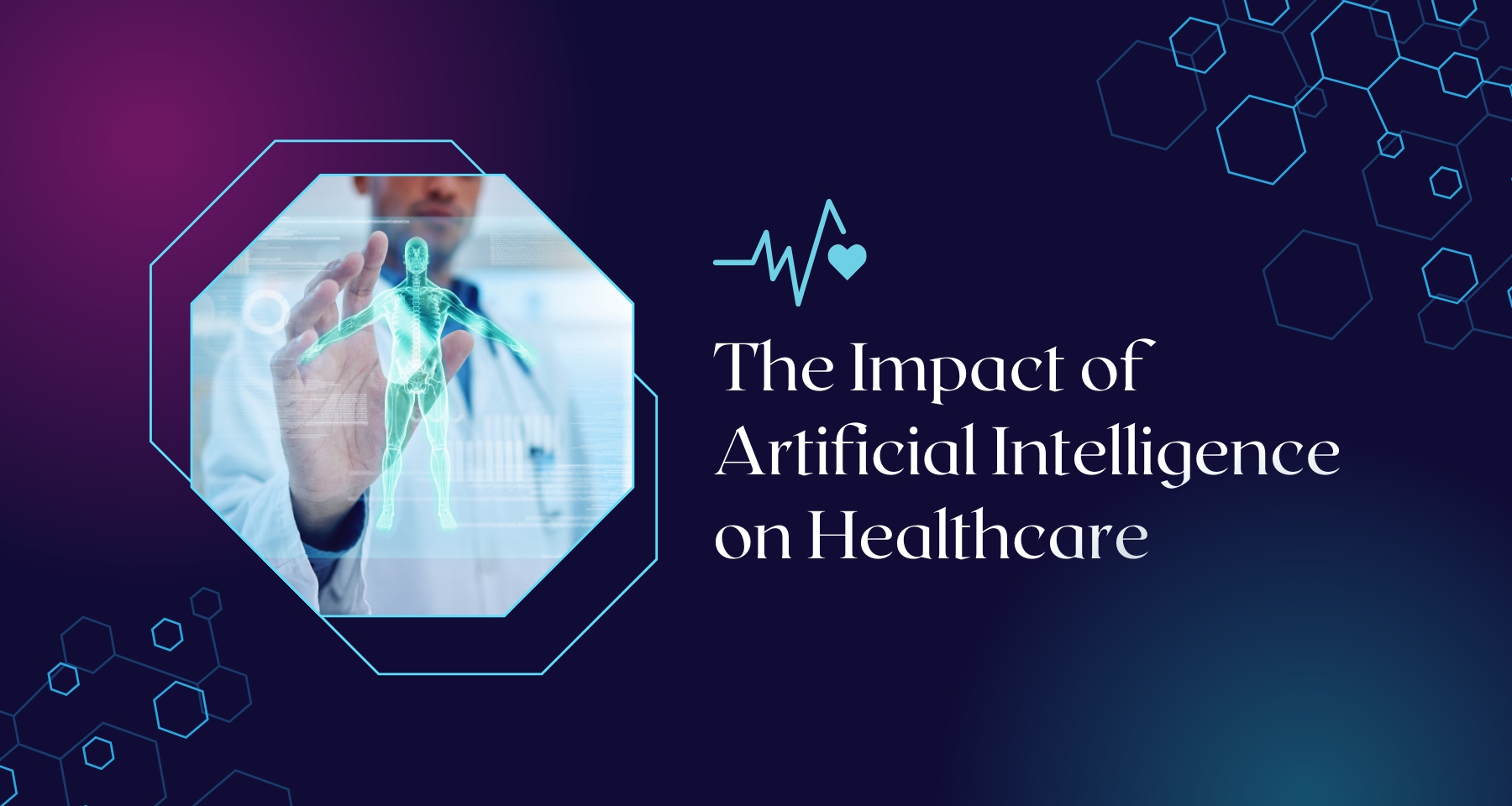Artificial intelligence (AI) is rapidly reshaping India’s pharmaceutical sector — from speeding up drug discovery to optimizing manufacturing and enriching patient care. Across this series, we’ll explore how AI tools are being applied in (1) Drug Discovery, (2) Manufacturing & Supply Chain, and (3) Patient Care & Engagement. We’ll highlight real-world examples and data, especially relevant to India, and answer key questions that businesses and healthcare professionals are asking today.
Part 1: Accelerating Drug Discovery with AI
Drug discovery is traditionally slow, risky and expensive. It can take 10–15 years and over a billion dollars to bring a new drug to market. AI is changing this. Advanced algorithms can sift through vast biomedical datasets, simulate chemical interactions, and spot promising molecules far faster than humans alone. In short, AI is making “smarter, more responsive solutions” (India Today) that prioritize patients.
Speed and Cost Savings: AI models can reduce years of lab work to months of computer simulation. For example, BenevolentAI (a UK startup) used an AI “Bioscience Machine Brain” to slash the early research phase from 3–6 years to 1–2 years, cutting costs by an estimated 60%. Globally, AI is projected to drive 30% of all new drug discoveries by 2025, cutting development timelines and costs by about half. (In India, pharma giants like Sun Pharma and Dr. Reddy’s are deploying AI against diseases such as tuberculosis and diabetes)
Improved Precision: AI uses predictive modeling to forecast how molecules will behave in the body (efficacy and side-effects) before any real-world testing. By learning from chemical and biological data, AI can identify subtle patterns that might escape traditional methods. This leads to more promising drug candidates entering trials and fewer failures. In practice, adaptive AI-driven trials are being used by Indian companies (e.g. Jubilant Biosys, Glenmark) to improve success rates and cut trial costs.
Drug Repurposing: AI also excels at repurposing existing drugs for new diseases. By mining clinical and genomic databases, AI can match old drugs to new targets much faster. This reuses past research and speeds up innovation. In India, such approaches are promising for endemic diseases like TB and malaria.
Case Study – Tuberculosis: A striking example is India’s fight against TB. The Indian Council of Medical Research (ICMR) partnered with AI platforms to fast-track TB drug development. Machine learning models analyzed huge data on TB bacteria and compounds, quickly pinpointing new therapeutic candidates. This not only accelerates discovery but also aims to make treatments more affordable and accessible in India (which bears one of the world’s highest TB burdens).
Industry Adoption: According to an Ernst & Young (EY) survey, 50% of Indian pharma firms are already investing in or exploring AI-driven solutions, and 25% have generative AI tools running in production(1). Those companies report significant benefits: AI-driven improvements in R&D, sales, and manufacturing could boost productivity by 35–40%. Notably, 75% of surveyed pharma companies say AI projects have led to cost reductions and greater customer (patient/provider) satisfaction.
Key benefits of AI in drug discovery:
Rapid screening of millions of molecules using algorithms instead of physical tests(2).
Shorter development cycles (industry examples show up to 60% time and cost savings(3)).
Identifying novel targets and repurposing drugs by pattern recognition in data.
More precise targeting (personalized medicine) by using patient genetics and biomarkers.
Better success rates in trials via adaptive design and real-time analytics.
These advances help India’s pharma R&D become more competitive globally. They also address questions people often ask online, like “How is AI actually used to find new medicines?” or “Can AI lower drug prices?” Our answer: by crunching data and learning from past failures, AI finds leads faster and cheaperindiatoday.inicmrindia.org.
See our blog on AI in Healthcare and Digital Innovation in Pharma for more on AI transformations.
Part 2: Optimizing Manufacturing & Supply Chains with AI
Beyond the lab, AI is transforming how medicines are made and delivered. Indian pharma faces strict quality standards, complex regulations, and the challenge of serving a 1.4 billion–person market. AI helps by boosting manufacturing efficiency and making supply chains smarter and more resilient.
Smart Manufacturing: AI-powered sensors and analytics enable real-time monitoring of production lines. For instance, automated systems can flag defects immediately, reducing waste and ensuring consistent drug quality. According to industry reports, AI-based manufacturing solutions have already improved production efficiency and product quality in pharma plants(4). Indian biotech firm Biocon uses AI models in bioprocessing to predict how biologic drugs will behave, significantly reducing formulation failures and speeding up compliance.
Predictive Maintenance: Factories are using AI to predict equipment failures before they happen. By analyzing data from machines (vibrations, temperature, output), AI can schedule maintenance only when needed. This minimizes costly downtime and keeps production on track. (This kind of solution is already standard in other industries and is gaining traction in pharma manufacturing.)
Supply Chain & Logistics: AI greatly improves forecasting and distribution. Machine learning models analyze demand patterns, seasonality, and external factors (like epidemics or port closures) to predict demand spikes or disruptions. During COVID-19, AI tools predicted how vaccine demand would surge and optimized logistics routes, enabling equitable vaccine distribution across India.More generally, AI-driven supply-chain platforms can dynamically adjust inventory levels to prevent stock-outs or overstocks, a critical need for essential medicines.
Cold Chain & Rural Access: India’s cold-chain logistics (for vaccines and biologics) still face challenges. A recent industry review noted that “limited adoption of digital technologies such as AI and the IoT restricts real-time monitoring” of temperature-sensitive shipments. This highlights both a need and an opportunity: by deploying AI-based cold-chain monitoring (e.g. smart sensors with AI alerts for temperature excursions), Indian pharma can strengthen resilience against power outages or natural disasters in remote regions.
Regulatory Compliance: Blockchain and AI are also improving traceability. Companies can automate tracking of raw materials and finished products through the supply chain, making recalls faster and fraud harder. AI systems can quickly ensure compliance with evolving standards (e.g. checking batch data against global regulations).
Case Study – Supply Chain Focus: According to EY, 50% of surveyed Indian pharma companies are focusing AI projects on manufacturing, supply chain, and operations. This aligns with reports that digital investments in logistics (cold storage, tracking) are increasing. For example, India is investing in national logistics plans (like PM Gati Shakti) and advanced data platforms to ensure medicines reach even remote areas. These data-driven efforts mean faster delivery of life-saving drugs and vaccines.
Key benefits of AI in manufacturing & supply chain:
Higher productivity: AI can drive 35–40% gains in manufacturing and logistics efficiency.
Quality assurance: Continuous AI-driven QC helps maintain uniform drug quality.
Reduced costs: Early detection of issues and better planning lower scrap and losses (75% of firms report cost savings from AI).
Resilience: Predictive analytics and smart routing make the supply chain robust against disruptions (demonstrated in Covid vaccine rollout).
Sustainability: AI-enabled route optimization and load planning can cut carbon emissions in transport.
Frequently people wonder, “Can AI really help factories make more pills or just eCommerce packages?” The evidence says yes – AI is being integrated into manufacturing execution systems (MES) and ERP platforms in pharma. Industry experts note that GenAI and AI tools are “optimizing drug discovery” and “improving production efficiency and product quality” in pharmaceuticals. In practical terms, this means Indian drug makers can produce more reliably and cost-effectively, strengthening India’s role as the “pharmacy of the world” without compromising safety.
Check out our blog for more related articles like Pharma 4.0 – Digital Factories and Optimizing Healthcare Logistics for deeper insights.
Part 3: Enhancing Patient Care & Engagement with AI
AI is not just for labs and factories – it’s revolutionizing how patients interact with healthcare. In India’s vast and diverse population, AI-driven tools are expanding access to care, personalizing treatments, and empowering people to manage their health.
AI-assisted Diagnosis: AI tools are being used to interpret medical images and data at scale. For example, innovative Indian startups like Niramai use AI-powered thermal imaging to detect early-stage breast cancer non-invasively. Similarly, continuous glucose monitors (CGM) paired with AI (e.g. India’s BeatO platform) analyze blood sugar trends, predict hypoglycemia, and send personalized diet or medication alerts. These systems give patients in rural or under-resourced areas an “AI doctor” helping to catch problems early, even before a human specialist is available.
Remote Monitoring and Wearables: AI is embedded in modern devices. Heart-rate, respiration and movement sensors combined with machine learning can flag health issues in real time. Indian companies like Dozee have converted regular hospital beds into AI-monitored “smart beds” that track vitals and alert staff to emergencies. Globally, home-based AI monitoring is booming – one study projects $265 billion in healthcare shifting to home by year-end, and India is well-poised to lead this trend with low-cost digital tools. For example, wearable devices and mobile apps help people manage chronic diseases (diabetes, heart conditions) from home, reducing hospital visits.
Chatbots and Virtual Assistants: Conversational AI is bringing healthcare advice to people’s fingertips. Chatbots can answer common questions, triage symptoms, and remind patients about medications. In India, pilots are underway: the International Patients Union (IPU) is developing a voice/chat-based AI that lets rural patients describe symptoms; an AI LLM then advises next steps or referrals. Similarly, telemedicine platforms (like e-Sanjeevani) use AI to connect specialists with remote communities, drastically cutting travel time for diagnosis. A recent AP News feature highlighted a Mumbai NGO training women to use an AI chatbot for reproductive health queries – showing how even grassroots groups can leverage AI to educate and empower patients.
Personalized Treatment Plans: AI analyzes genetic and lifestyle data to tailor treatments. Doctors in India are starting to use AI to recommend personalized cancer therapies based on a patient’s genomic profile, improving efficacy and reducing side effects. (This is part of the broader “personalized medicine” approach described on IndiaAI.) Patients often ask, “Will I get a custom drug dose?” or “Can my phone predict my health risk?” Today’s AI tools are moving us in that direction – for example, by integrating electronic health records and AI models under initiatives like Ayushman Bharat Digital Mission, which aims to digitize 500+ million patient records. Rich, interoperable data combined with AI will enable predictive health alerts and long-term care planning.
Ethical and Safe Use: People rightly worry about privacy and errors. India is addressing this proactively. The Indian Council of Medical Research (ICMR) has published ethical guidelines for AI in biomedical research and health (2023), emphasizing transparency, data security, and patient-centricity. Hospitals using AI must follow such frameworks to protect patient data. In practice, AI augments doctors and caregivers, not replaces them – it flags possibilities and learns from them. This collaborative model helps demystify AI for patients: it’s a tool to improve care quality, not an infallible oracle.
Key benefits of AI for patients:
Greater access: Telehealth and chatbots mean patients can get advice anytime, anywhere (no long waits or travel).
Continuous care: Remote monitoring devices keep tabs on your vitals 24/7, alerting providers before crises (beneficial for elderly and chronic patients).
Empowered patients: Apps and AI give personalized wellness tips and reminders (diet, exercise, meds), making self-care easier.
Better outcomes: Early detection tools (AI imaging, predictive analytics) catch diseases sooner, improving survival rates.
Engagement: AI-driven interfaces (like voice assistants) can educate patients about their conditions in vernacular language, increasing understanding and compliance.
This addresses questions like “Will AI replace my doctor?” or “Can a chatbot really answer health questions?” In reality, patients are more inclined to trust AI than critics expect: one recent survey found 97% of Indian doctors and 75% of patients trust AI tools for healthcare purposes.† The role of AI is to assist clinicians and educate patients. For example, platforms like e-Sanjeevani have connected rural patients with urban doctors via video (with AI scheduling), and are now being enhanced with AI to triage and prioritize cases.


